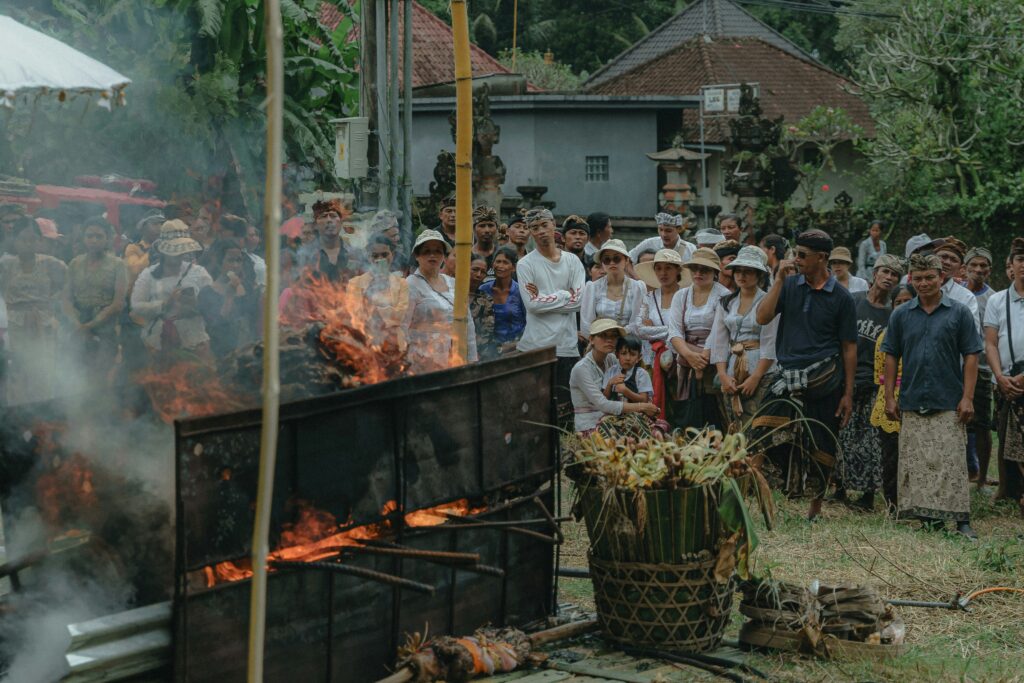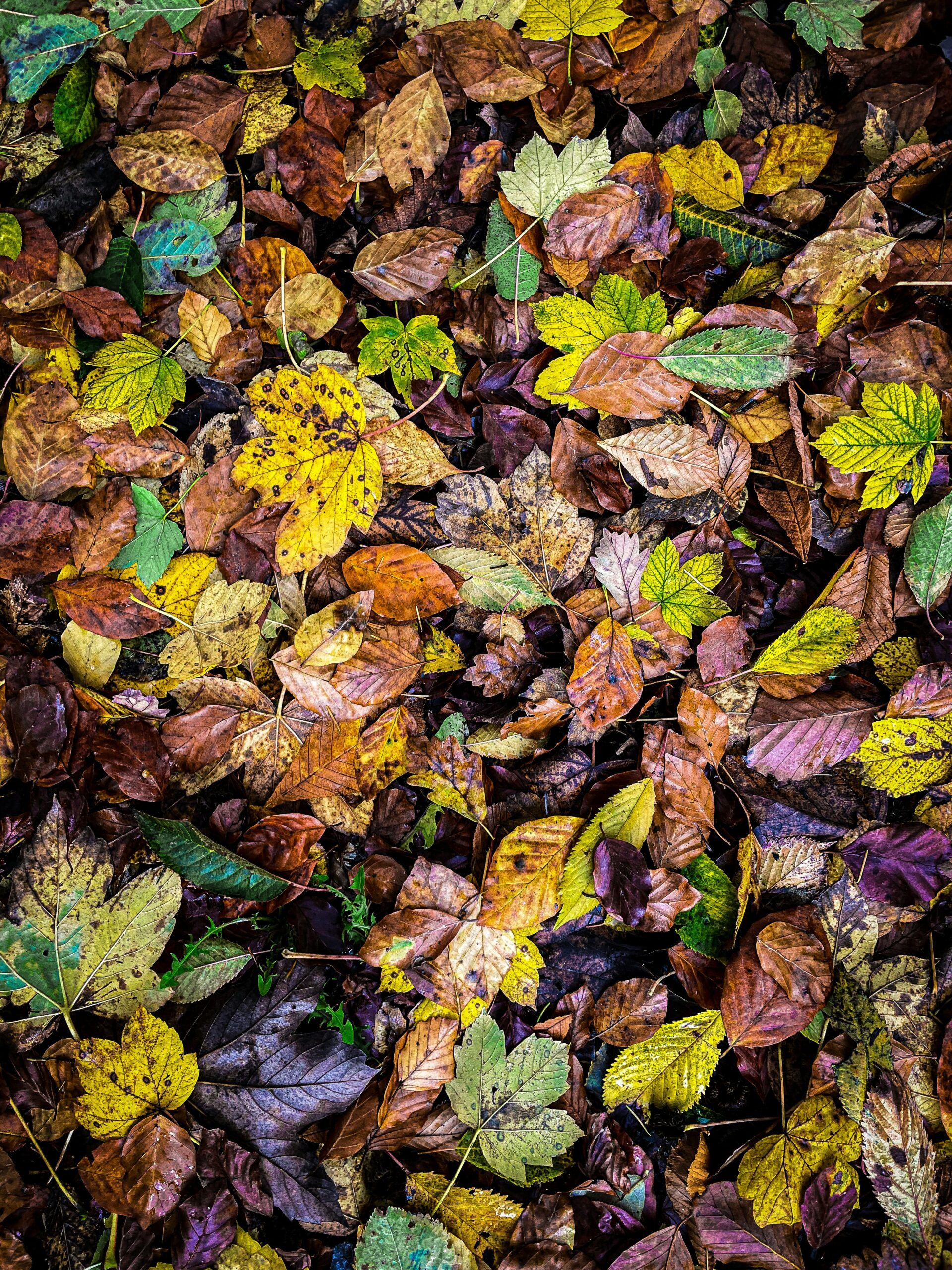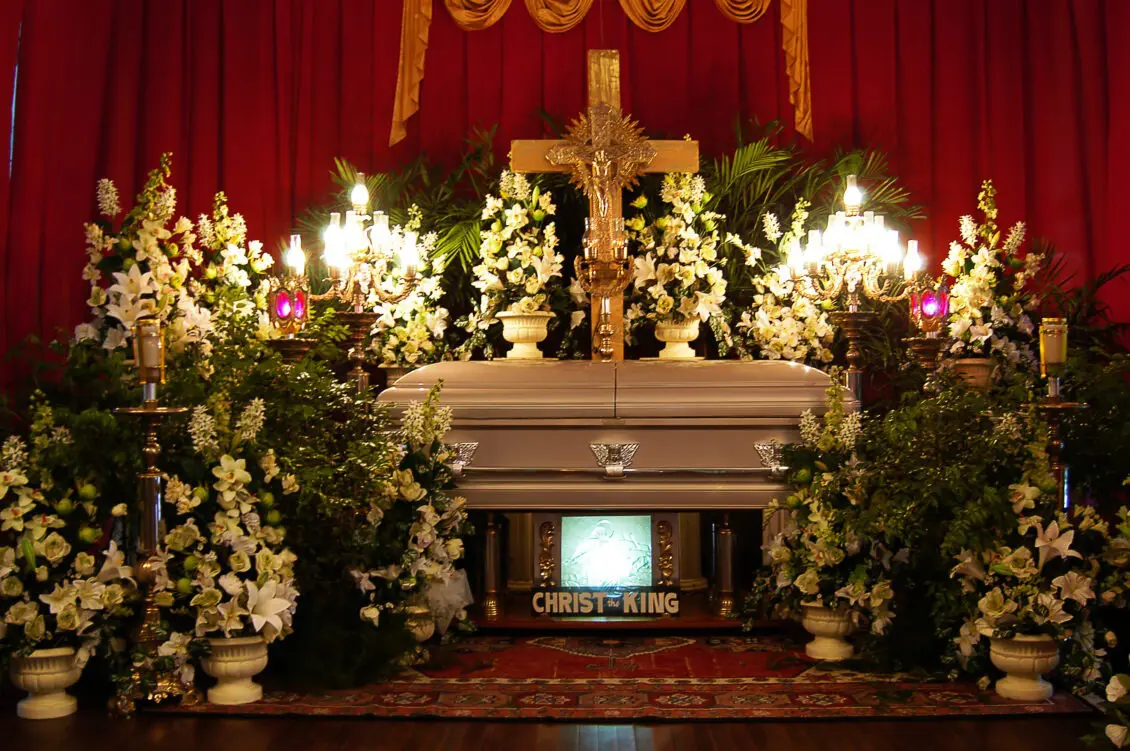Introduction
Ground burial is one of the oldest and most traditional methods of laying a loved one to rest. This blog explores the essentials of ground burial, including natural graves and the environmental and cultural factors that influence this choice.
What is a Natural Grave?
A natural grave, also known as a green or eco-friendly burial, minimizes environmental impact. It involves using biodegradable materials and avoiding chemicals like embalming fluids. The body is placed directly into the earth, where it decomposes naturally.
Note: A natural grave helps reduce the carbon footprint by avoiding non-biodegradable materials and harmful chemicals.
Environmental Impact of Ground Burial
Ground burials can have a significant environmental impact, depending on the methods used. Traditional burials often involve caskets made from non-biodegradable materials and embalming fluids that can harm the environment. In contrast, natural burials focus on sustainability, using biodegradable caskets or shrouds and avoiding harmful substances.
Tip: Opting for a natural burial can greatly reduce your environmental footprint, aligning your final resting place with eco-friendly values.
Cultural and Religious Significance

Ground burial holds deep significance for many cultures and religions. It represents a return to the earth and honors the natural world. Many religions practice ground burial, offering a physical space for loved ones to visit and remember.
Costs and Considerations
The cost of ground burial varies widely based on the type of burial chosen. Traditional burials typically involve expenses like caskets, burial plots, and headstones. Natural burials tend to be less expensive as they focus on simplicity and sustainability.
Tip: Consider long-term costs, including site maintenance, when choosing between traditional and natural ground burial. For a detailed breakdown of burial costs, check out our The Hidden Costs of Cemetery Burials.
Making the Right Choice
Choosing between a traditional and a natural grave is a deeply personal decision. It involves evaluating your values, cultural beliefs, environmental concerns, and budget. For those who prioritize sustainability, a natural burial may offer peace of mind, knowing that their final resting place aligns with their ecological values.
Note: Ensure your choice reflects your values and provides comfort to your loved ones.
Conclusion
Choosing a ground burial method—traditional or natural—requires careful consideration. By understanding the environmental impacts, cultural significance, and costs, you can make an informed decision that honors your wishes and comforts your loved ones.





